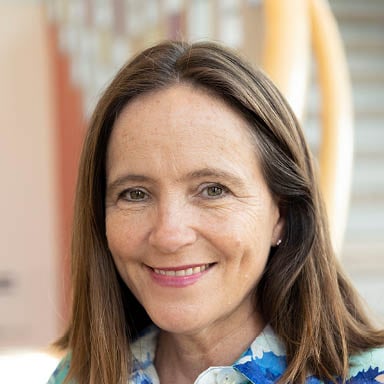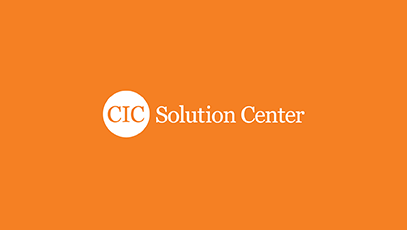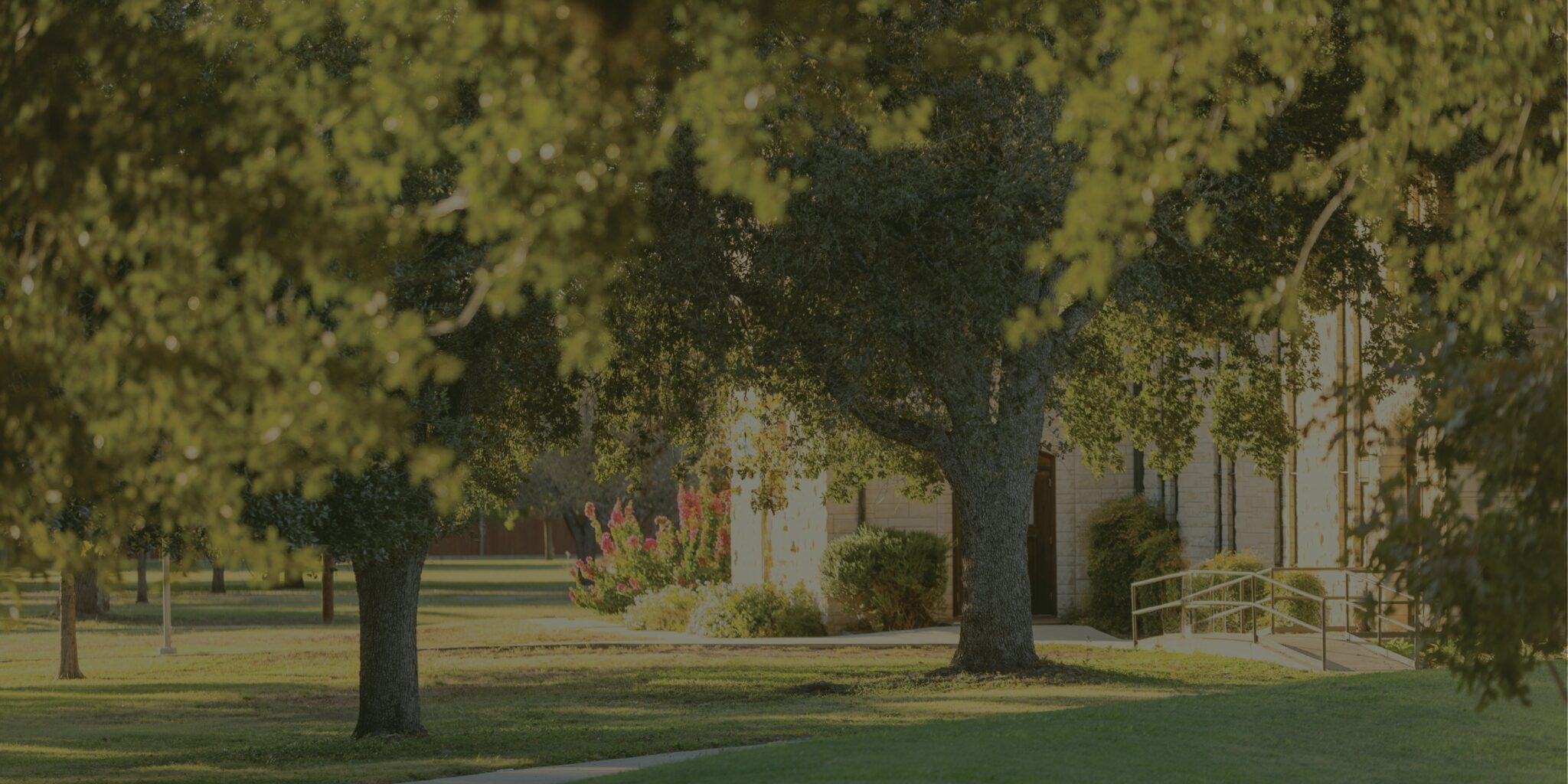By Heather Brady
Professor of Liberal Arts, Grand View University

During the NetVUE Conference in Atlanta in March 2024, Darby Ray’s keynote presentation “Hunger, Hubris and Community Engaged Learning” moved me deeply. In it, Darby outlined the evolution of higher education’s engagement with community and highlighted best practices for creating transformative reciprocal partnerships. She also pointed to some ways vocational exploration can support reciprocity. As a practitioner of community-engaged learning and a longtime participant in NetVUE, I have reflected on these questions myself, and I felt called to explore these intersections in scholarly community. Following the conference, I proposed an online community of practice over the course of the fall semester. With the guidance of Rachael Baker, NetVUE’s director of professional development, I invited eight practitioners from a wide range of disciplines to join me as I led four impactful online sessions, using the work of NetVUE scholars like Patrick Reyes, Christine Jeske, Jonathan Golden, and Erin VanLaningham. The community of practice enabled me to reflect on my approach to community-engaged learning and to identify solutions to problems I have faced—including a predicament I experienced this fall in my own classroom.
This past semester, I taught for the first time an overly ambitious general education seminar called Exploring our Neighborhood. In the first half of the course, I had planned for students to gather data through interviews, field notes, and archival exploration, all designed to understand campus and neighborhood identities and needs. Subsequently, students would work collaboratively to apply their learning to an actual real-life context: an outdoor gathering space reflecting the identity of the campus and the neighborhood. My hope was that students would be empowered to move out of their comfort zone, to explore life beyond campus, and to begin to break down their deficit perceptions of the world outside their bubble.
By the fourth week of class, students began to express their sense of being overwhelmed, offering silent stares and sluggish conversation. I invited them to express their frustrations. They recognized the value of the work, they said, but were confused by the direction of the class. Furthermore, they deeply resented the amount of work it required—and for what purpose? This crisis in the classroom was more than a stumbling block or a zigzag for me on the path of vocational exploration—it was sheer disaster. How could I turn it around?
As it happened, some responses to this classroom experience were unfolding in real time—in a series of “community of practice sessions” that I was leading—offering me the tools to make sense of this predicament. The sessions created a perfectly timed opportunity for me to reflect critically on questions important for anyone teaching a community-engaged course:
- What kind of work is needed to help students prioritize the common good over self-interest?
- How can vocational exploration in a specific community context help to ground students in a sense of purpose?
- How can student learning be seen as a communal vocation—a call to be a good human, ancestor, and descendent?
- How can critical reflection on encounters with difference, complex partnerships, and power dynamics generate a transformative learning experience?
Members of the community of practice encouraged me to work in collaboration with students, using tools of deep reflection, so that we could recalibrate. This recalibration entailed identifying specific places to make changes and adapting my plan to needs that were evolving quickly. In the end, this shift helped me move through the class’s predicament into a stage of recovery and success.
At the end of the semester, I felt deep pride when my students presented their learning. I was so excited for these presentations that I bought two dozen doughnuts from Hiland Bakery—a local favorite—to share with students and invited participants from the community. The messages from students resonated so strongly with community members. They complimented students on their success in elevating neighborhood voices and translating their learning into meaningful presentations. They invited students to continue with this work. By leading the community of practice and opening up conversations about the role vocational exploration can play in nourishing our community engaged teaching, I laid the foundation for student discovery to succeed, even in challenging conditions. To build a common understanding of vocational exploration in community is to understand how to practice this in real time. This is just the first step.
For me, the catalyst for this success was conversations with colleagues in my community of practice. With whom are you conversing to impact your community of learners?




